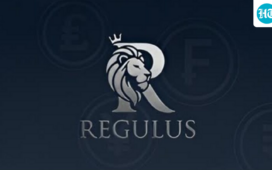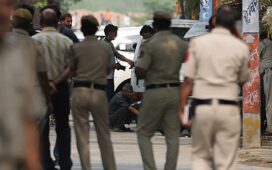In just under three months, the Bangladesh Bank has purchased nearly $1.9 billion from local banks this fiscal year, including $265 million in a single day and $129.5 million through an auction last week. For many people, this seems puzzling. Prices are still rising, families are cutting down on essentials, and yet the central bank is spending heavily to buy dollars instead of allowing the Taka to strengthen and make imports cheaper.
Around the world, many argue the dollar is losing its shine, but it remains the currency that drives trade, settles debt and secures investor trust. For a country like Bangladesh, which buys far more than it sells, keeping a steady flow of dollars is still vital. The question is: why now, and why so aggressively?
To make sense of this, it helps to look back a few years. During the Covid period, Bangladesh recorded strong remittances and export earnings, but the exchange rate was held almost fixed. It seemed stable at the time, but when the Ukraine war began and global prices surged, both importers and exporters suddenly lost purchasing power. Loans sanctioned in Taka could buy far less, forcing businesses to cut production and slow operations. That is one of the key reasons the economy is still struggling to regain momentum. Had the Taka been allowed to appreciate slightly back then, the country might have entered this global crisis with stronger reserves and a little more room to manoeuvre.
The Bangladesh Bank appears to have learned that lesson. By buying dollars now, it is rebuilding the emergency tank. Strong reserves mean the country can pay for fuel, medicine and food without panic if global markets turn volatile again. This time, the central bank is letting the dollar price reflect supply and demand rather than holding it down artificially. That is a significant shift, one many economists had urged for years.
There is another side. When the central bank buys dollars, the supply in the market falls. That raises the price of the dollar in Taka terms, frustrating importers but rewarding exporters and remittance earners. Migrant workers are more likely to send money through banks when their families get more Taka per dollar. Exporters also repatriate earnings more quickly when the rate is attractive. Over time, this steady flow of dollars can make the market more balanced and predictable. Higher returns in local currency also make Bangladesh more appealing to foreign investors seeking competitive gains, which could attract more FDI.
None of this makes life easier for ordinary people right now. Inflation remains high, groceries and utilities are costly, and each trip to the bazaar feels heavier on the pocket. A stronger Taka could have provided some relief by lowering import prices, but policymakers seem willing to accept that pain as a calculated trade-off. They are relying on tools such as tighter credit, import prioritisation and price monitoring to bring inflation down gradually, while using this exchange rate policy to strengthen reserves. If the mix works, Bangladesh could emerge with a more stable currency and stronger financial footing.
Credit is due where it belongs. The central bank has opened the market for the dollar and allowed supply and demand to set the rate. This has made the exchange rate more transparent and signalled that the country is ready for a more market-driven approach. The cost is that families are carrying a heavier burden today. But if people see this hardship as part of a bigger plan leading to a stronger economy, they may be willing to endure it. Done right, this could mark the beginning of a more resilient Bangladesh, better prepared for the next shock and ready to attract investment, create jobs and grow with confidence in the years ahead.
The writer is co-founder and CEO at Accfintax and associate director at Hoda Vasi Chowdhury & Co


 For all latest news, follow The Daily Star’s Google News channel.
For all latest news, follow The Daily Star’s Google News channel. 


